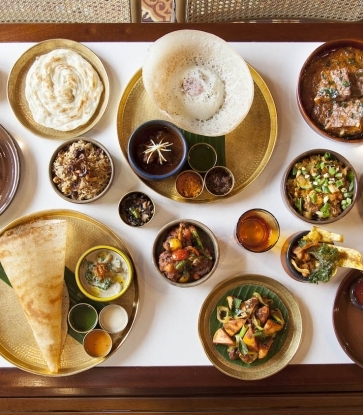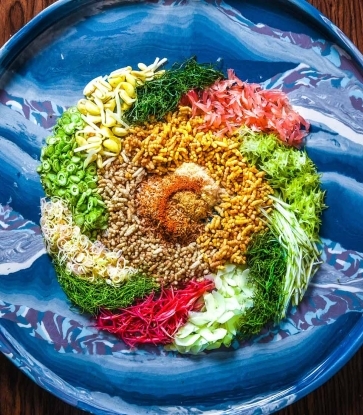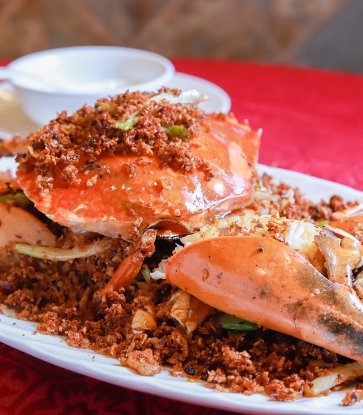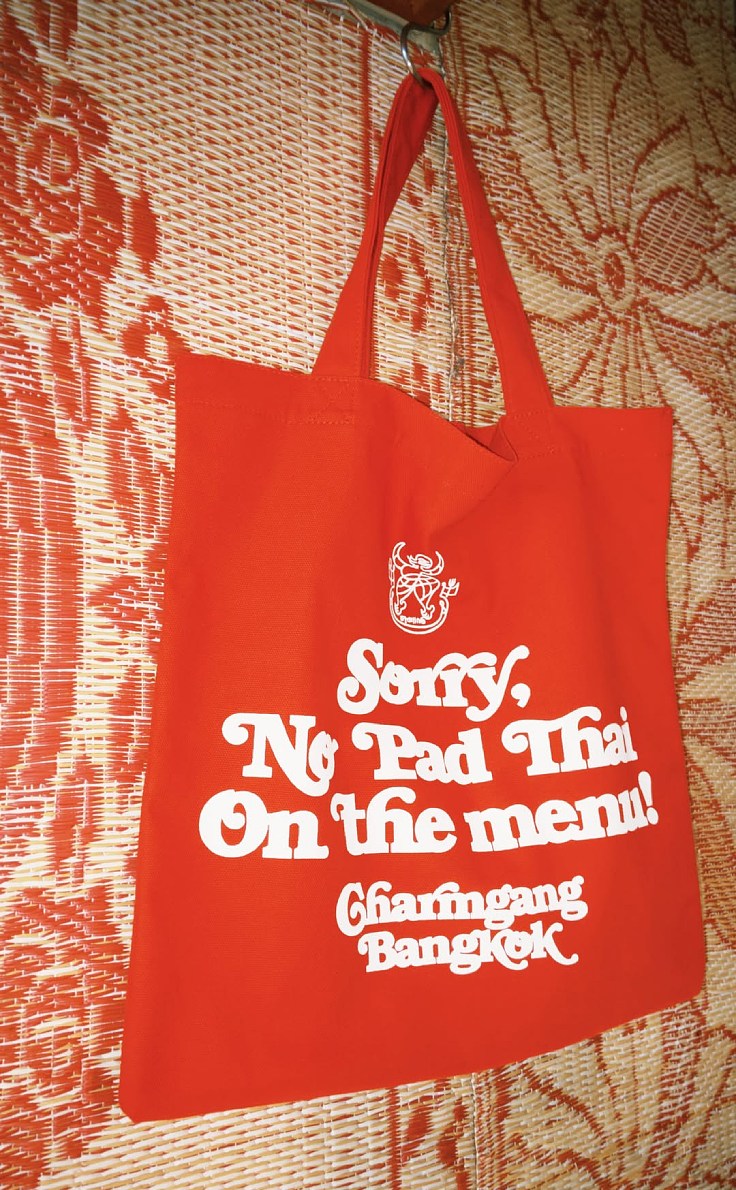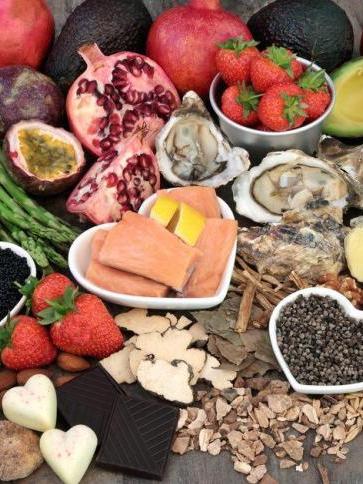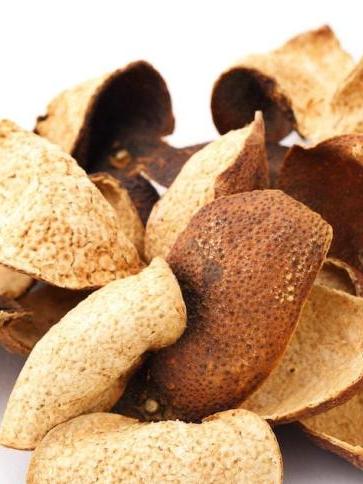By now, we should be no stranger to lard. Think crispy cubes of deep-fried pork fat tossed into a wok of noodles or rice, and cooked over a roaring flame. Or even potatoes roasted in duck fat, a traditional recipe of grandma’s that has claimed a spot as a glorified side dish on the menus of trendy restaurants.

Think of lardo as the gourmet version of lard. While lard is usually made by rendering fat and then leaving it to solidify, the process of making lardo goes into a little more detail. Its origins are deeply-rooted in Italy, where production of lardo is done by taking raw back fat (at least an inch-thick) and wrapping it with rosemary and other spices, before curing it for at least six months.
The result is a block of pure silk that adds depths of flavour when used over simple dishes such as pizza, or whipped into butter. Here are five simple ways to enjoy lardo:
1. Drape slivers of lardo over hot toast, for a delicious gooey antipasto.
2. Protect meats like turkey that tend to dry out easily by encasing them in a layer of lardo. This helps to lock in all the moisture and lends a slight smokiness to the meat juices.
3. Dress seafood like octopus and scallops with swathes of lardo, as it adds a richer flavour to the light freshness of seafood.
5. While parmesan adds a lovely nuttiness to simple pasta or rice dishes, tossing in some lardo shavings also elevates that plain dish of pasta or risotto.



